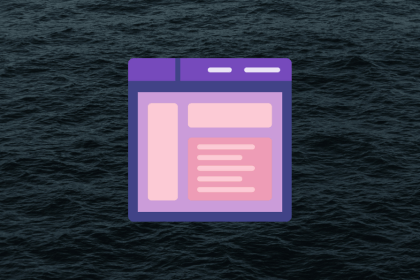
Discover how AI personas can transform UX design, from simulating users to co-designing interfaces and boosting team speed and accuracy.
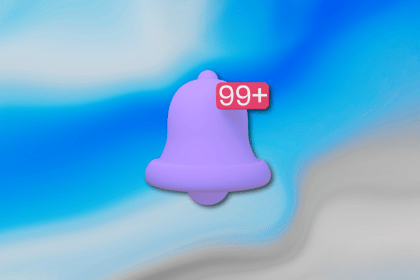
Learn how top companies and smart UX strategies overcome notification blindness to boost engagement without annoying users.

Learn how to design AI assistants that are purpose‑driven, user‑focused, and built on trust with reusable UI patterns and clear interactions.
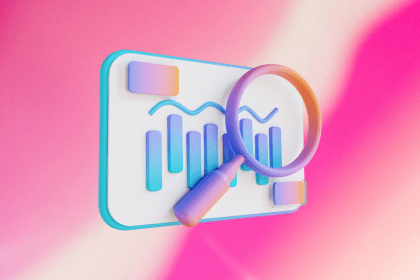
I used to think UX analytics was a PM thing until it changed how I design and supercharged my career.
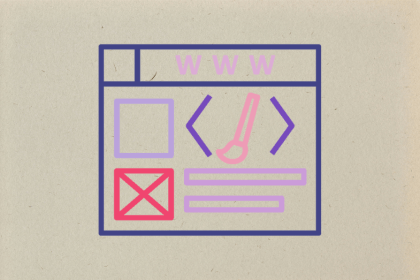
Discover key trends from the Design Tools Survey including AI adoption, Figma’s dominance, and what’s next for UX designers in 2025.
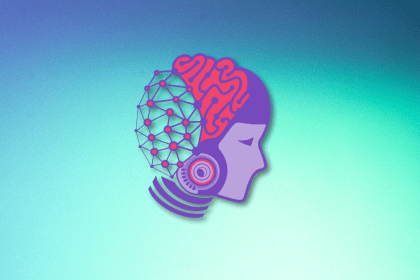
Designing AI products isn’t just about users; it’s also about trust. Here’s what I learned about balancing usability with governance in enterprise UX.
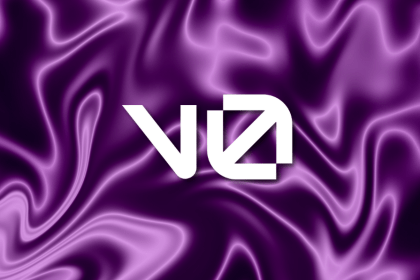
Working with GenUI tools like v0 changed how I prototype. It’s faster, messier, and way closer to real code — and it’s reshaped how I think about UX.
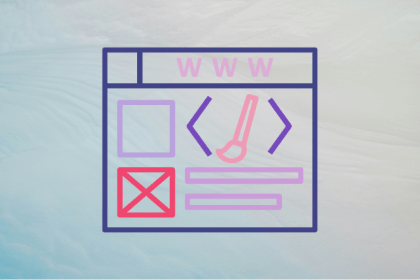
A broken OTP flow hurt trust and revenue. Here’s how UX analytics helped me fix it and why every designer should track impact.
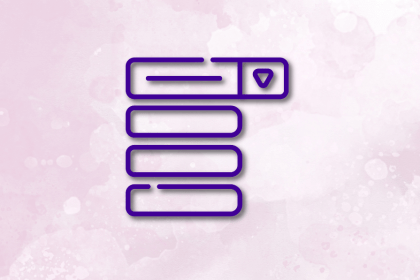
What makes a mega menu feel intuitive? I explored three standout examples and pulled together UX takeaways you can use in your own designs.
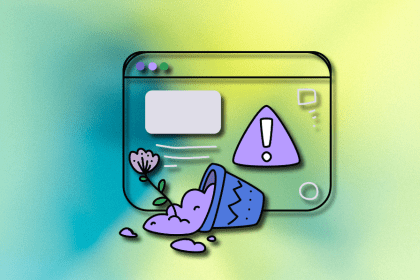
We’ve all made silly mistakes in apps — clicked the wrong thing, deleted a file too soon. This guide walks through 12 real UX examples that help users avoid those moments entirely.

Users rarely welcome change, even when it improves their experience. Learn how to communicate updates, handle pushback, and keep users from jumping ship.
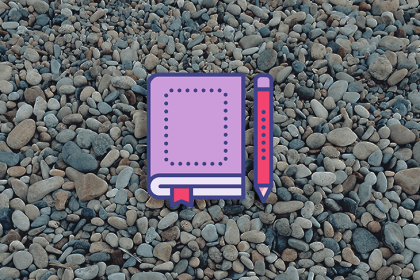
Documentation may not be your favorite part of the UX design process, but it’s crucial to the success of any design project.